Common Insects Attacking Peppers
ENTFACT-301: Common Insects Attacking Peppers | Download PDF
by Ric Bessin, Extension Specialist
University of Kentucky College of Agriculture
Pepper production in Kentucky is plagued by moderate levels of insect pests. This includes European corn borer and beet armyworm that attack the fruit (direct pests) as well as insects attacking the foliage such as aphids (indirect pests). However, as with most insects encountered in the Midwest USA, populations of individual pests vary from year to year and location to location, reinforcing the need to routinely monitor pepper fields.
EUROPEAN CORN BORER
European corn borer can cause severe damage to peppers through damage to the fruit and premature drop of small fruit. Borer entrance holes in larger pods allow water to enter, resulting in fruit rot. When rotting begins, borers often leave and move to infest new fruit. In this way, one larva can damage several pods. In addition, plants may break due to tunneling by the borers in the stems.

Figure 1. European corn borer is less common since the introduction of Bt corn.
European corn borer moths tend to congregate in tall grassy areas around field margins, called action sites. Females fly into fields at night to lay their eggs. Weather conditions during egg laying can greatly affect the severity of corn borer problems. Calm warm nights are most favorable for moth activity while few eggs are laid on windy, stormy nights.
European corn borer eggs are laid in masses of 15 to 30 eggs per mass. Eggs are round and flattened and overlap each other like fish scales. Often they are placed on the underside of the pepper leaf near the midrib. Age of the egg mass is indicated by its color: freshly laid eggs are white, then cream. When a distinct black spot, the head of the larva, can be seen in the egg, it will hatch in about 24 hours.
Newly hatched larvae, about 1/16 inch long, leave the mass and crawl toward the developing pods. They do little feeding on pepper leaves. Within 2 to 24 hours after hatch, young larvae reach the calyx of the pepper pods. Once under the calyx, they are protected from insecticides and natural enemies.
There are two to three generations of this pest each year. The first appears in late May through early June. The second generation develops from late July through August. A partial third generation may occur in some years in early September. The second, or midsummer generation, is most likely to cause problems for commercial pepper producers.
Management
Abundance of European corn borers varies from year to year. Inspection of pepper leaves for corn borer egg masses and young larvae is impractical and ineffective. Growers are encouraged to use pheromone traps and/or black light traps to determine if corn borer moths are active and when treatments should be applied to control small larvae before they enter the pepper pod. If corn borers are caught in traps, then begin looking in grassy areas around near your field. If moths are found in these action sites, then a spray is justified.
Corn borers are difficult to control because of the short interval between egg hatch and larval tunneling into the pod. The insecticide must be applied before larvae have entered the fruit or stems and spray coverage must be thorough. Over reliance on pyrethroid insecticides can lead to the rapid buildup of aphids on pepper foliage through the reduction of natural enemies. While pyrethoid insecticides can provide effective corn borer control, they should be used in rotation with other classes of insecticides.
Try to avoid insecticide spray applications during the bloom period to prevent unnecessary bee kills. If treatment is necessary, then spray in the early morning or late evening when bees are not active. A dry spray deposit is less dangerous to foraging bees.
BEET ARMYWORM
The beet armyworm is a major pest in the southwestern and southern US attacking alfalfa, beans, beets, cole crops, corn, lettuce, onion, peppers, potatoes, peas, and tomatoes. It is an occasional invader of vegetable crops in the Ohio River Valley. Although it cannot overwinter in Kentucky USA, it is a significant pest for vegetable growers because of its wide host range and resistance to most insecticides. This insect is killed by the first hard frosts in the fall. Producers of fall vegetable crops need to watch out for this pest during August and September.
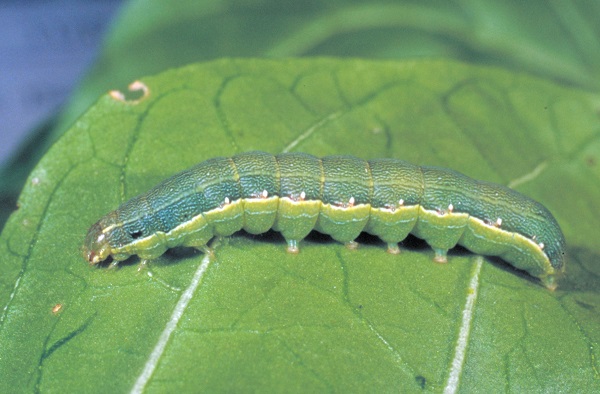
Figure 2. Beet armyworm is an occasional pest in Kentucky.
The beet armyworm is a light-green to black larva with four pairs of abdominal prolegs and a dark head. There are many fine, white wavy lines along the back and a broader stripe along each side.
There is usually a distinctive dark spot on each side just above the second pair of true legs. Female moths lay masses of up to 80 eggs underneath a covering of cottony-white scales, as many as 600 eggs over a 3 to 7-day period. These eggs hatch in 2 to 3 days and the larvae first feed together in a group near the egg cluster. As they grow, they gradually move away from the egg masses. Many small larvae die during this wandering stage but the behavior tends to spread out the infestation. Beet armyworm is quite mobile; one larvae may attack several plants in a row. Older larvae may feed on fruit as well as leaves. After they complete their feeding, the 1-1/4 inch larvae pupate in the soil in a loose cocoon containing soil particles and leaf fragments. The life cycle takes about a month to complete.
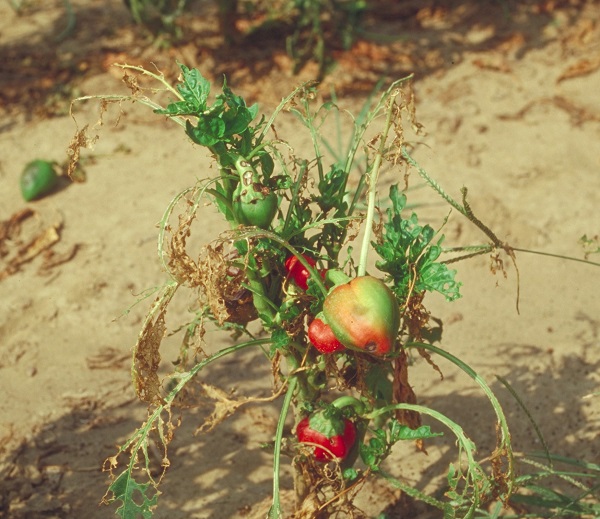
Figure 3. Beet armyworm damage can be severe.
Beet armyworm feeding on young tender growth can be very damaging to small transplants. Often a fine webbing is produced by smaller larvae near these feeding sites. Older plants can become rapidly defoliated.
Vegetable growers should pay particular attention to fall plantings of beans, tomatoes, crucifers, other truck crops.
Management
Regular scouting of fields to detect the first indications of a beet armyworm infestation is critical. Growers in Kentucky and southern Ohio and Indiana should scout their fields weekly and watch for small beet armyworm larvae feeding in groups on young leaves. If beet armyworm larvae are found, a spray is justified. Sprays containing Bacillus thuringiensis var azawai are effective when used at higher labeled rates against young larvae. Newer, reduced risk insecticides, Confirm, Intrepid, and Spintor will provide effective control. If a complex of insect pests including beet armyworm are present, treat them as beet armyworm when selecting an insecticide. Beet armyworm has few effective parasites or predators which can effectively reduce its numbers.
Timing of insecticide applications is very important. Once larvae are 1/2 inch or longer, they become very difficult to kill with insecticides. So treatment must be targeted against young larvae. Only with frequent field surveys can these pests be detected and controlled effectively. Coverage is also an important consideration. Because insecticides can provide only moderate levels of control, it is important to deliver the proper dose to the pest. Drop nozzles, high pressure (200 psi), hollow cone nozzles, reducing sprayer speed (2 to 2.5 mpg), and a high volume spray will allow for thorough coverage of these vegetable crops.
STINK BUGS
There are several species of stink bugs which damage peppers including brown, green, and brown marmorated stink bugs. Stink bug feed with piercing-sucking mouthparts and inject digestive enzymes into the pepper fruit while feedings. This results in a type of damage called ‘cloud spots’ to the fruit. These are light-colored corky areas under the skin.
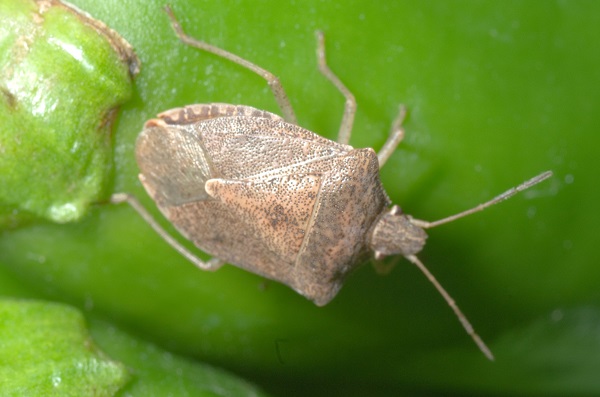
Figure 4. Brown stink bug on pepper fruit.
Stink bugs are highly mobile and readily move from crop to crop as the season progresses. Growers should monitor for stink bugs weekly and treat as needed.
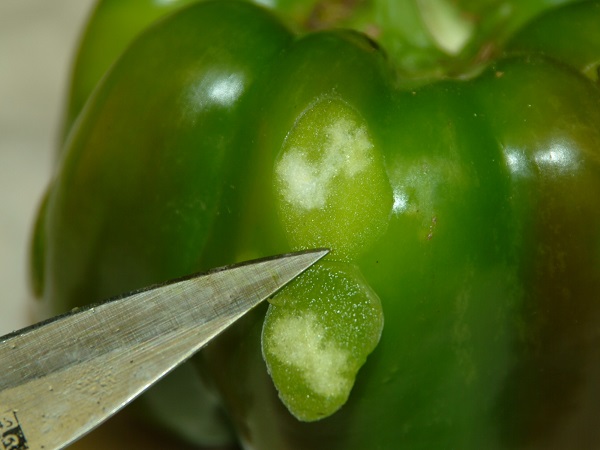
Figure 5. Stink bug damage occurs below the skin of the fruit.
APHIDS
Several aphid species may be commonly found infesting peppers during most of the growing season. The most common aphid on peppers is the green peach aphid. Large numbers of aphids can affect pepper production in two ways. Honeydew produced by aphids can leave a sticky film on the surface of the fruit and cause the development of sooty mold fungi. Various species of aphids can also transmit viruses, notably potato virus Y, that can reduce yields. Aphid infestations may begin in the greenhouse on pepper transplants.
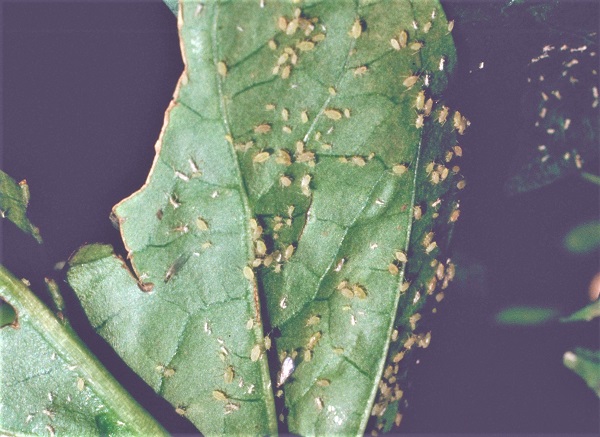
Figure 6. Green peach aphids can be common following pyrethroid applications.
As aphid colonies begin to form on the leaves, development occurs rapidly. Aphids reproduce without mating and individual generations may be completed within one week during the summer.
Winged adult aphids develop periodically and disperse from fields following periods of overcrowding. Colonies are found on the undersides of leaves, usually in the lower canopy.
Management
Many of the insecticides used to control other pepper insect pests can contribute to rapid increases of aphids. Natural enemies such as lady beetles, green lacewings, damsel bugs, and hover fly larvae usually control aphid populations adequately. Broad-spectrum insecticides, particularly pyrethroid insecticides, can delete these natural enemies and allow aphid populations to develop unchecked. Insecticides should only be applied for other insects when necessary, as determined by trap catches and scouting, and care should be taken to select insecticides that do not favor secondary aphid problems.
Revised: 11/19
CAUTION! Pesticide recommendations in this publication are registered for use in Kentucky, USA ONLY! The use of some products may not be legal in your state or country. Please check with your local county agent or regulatory official before using any pesticide mentioned in this publication.
Of course, ALWAYS READ AND FOLLOW LABEL DIRECTIONS FOR SAFE USE OF ANY PESTICIDE!
Photos courtesy Ric Bessin, University of Kentucky Entomology
